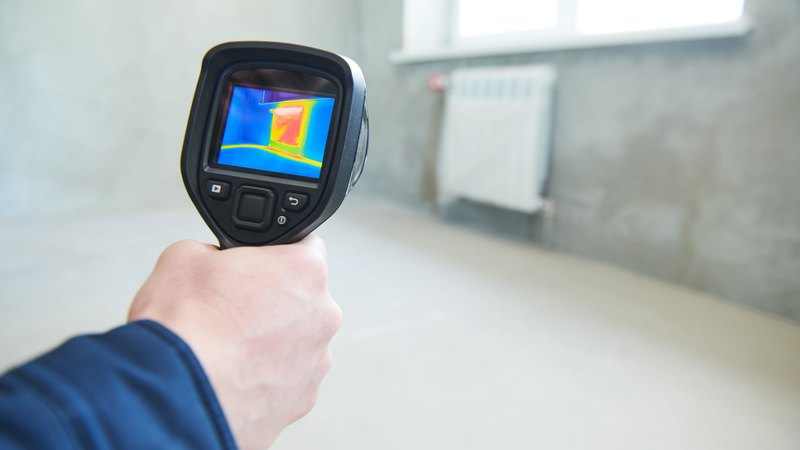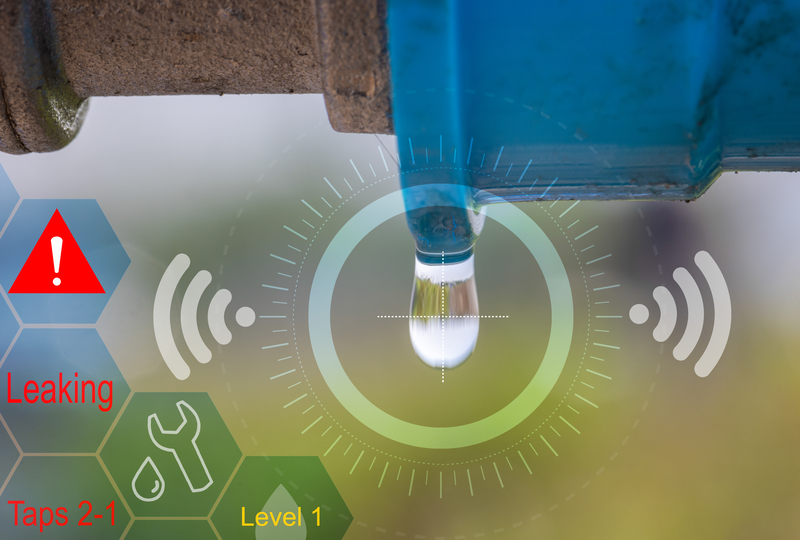Efficient Water Leak Detection: Protect Your Property from Expensive Repairs
Wiki Article
The Function of Advanced Innovation in Modern Leak Detection Solutions for Effective Solutions
In the realm of modern leak detection solutions, progressed innovation has ushered in a new era of efficiency and accuracy. The integration of IoT, smart sensors, and cutting-edge methods like acoustic discovery and thermal imaging has changed exactly how leaks are determined and handled.Evolution of Leak Detection Technology
The evolution of leak discovery modern technology is a testimony to advancement and the relentless search of precision. Historically, the discovery of leaks, whether in pipes or commercial systems, counted greatly on usually inefficient and rudimentary methods.Over the decades, improvements in innovation have actually changed leakage detection right into an advanced field. These sensors utilize a selection of methods, such as acoustic, infrared, and ultrasonic methods, to recognize leakages with amazing precision.

Trick Technologies in Leakage Detection
Over the last few years, key innovations in leakage discovery have revolutionized the sector, bringing extraordinary accuracy and efficiency to the forefront. Amongst these improvements, the combination of IoT and smart sensing units is remarkable, allowing real-time tracking and information transmission. These gadgets are capable of spotting minute adjustments in stress and flow, permitting for quick identification of leakages before they escalate right into significant concerns.An additional critical growth is using acoustic leakage detection technology - pipe leak detection. By utilizing very sensitive microphones and progressed algorithms, this method can identify leaks based upon audio patterns. This method is particularly effective in determining leakages in complex piping systems where aesthetic inspection is unwise
Thermal imaging modern technology has additionally made significant strides, providing a non-invasive approach to spot leakages by recording temperature variations. This advancement is especially helpful in identifying leaks in insulated or below ground pipelines, providing a clear graph of the issue.
Benefits of Modern Techniques
Modern leakage discovery strategies supply countless advantages, dramatically enhancing operational effectiveness and cost-effectiveness for organizations. Among the key advantages is the ability to quickly and precisely determine leakages, lessening downtime and preventing extensive damage. By employing advanced innovations such as acoustic sensing units, infrared thermography, and progressed information analytics, services can identify leakages with accuracy, also in facility or hard to reach systems.These modern-day approaches additionally lower labor prices and source appropriation. Typical leakage discovery commonly needed substantial excavation and handbook assessments, which were lengthy and costly. In comparison, non-invasive strategies enable fast evaluations, reducing the need for turbulent and costly treatments. This change not only conserves funds however also minimizes functional disruptions.
By simplifying the detection procedure, firms can allocate resources a lot more properly, concentrating on repairs and system improvements rather than exhaustive search efforts. Generally, modern-day leakage discovery strategies provide a tactical advantage, empowering organizations to optimize their operational frameworks and achieve long-term sustainability.
Environmental Influence Mitigation

The combination of these modern technologies into leakage detection services not just aligns with governing compliance however also supports company obligation campaigns aimed at minimizing environmental footprints. Hence, advanced leak discovery technology is essential in cultivating a more lasting and resilient future.
Future Trends in Leakage Detection
The future of leak discovery modern technology promises transformative improvements that will certainly redefine industry requirements. As the need for lasting and efficient framework expands, the integration of innovative modern technologies like expert system (AI) and the Web of Points (IoT) is readied to transform the area. These technologies will make it possible for real-time monitoring and anticipating maintenance, reducing the possibility of leakages and reducing environmental effect.
In addition, making use of drones outfitted with thermal imaging and advanced optics offers a non-invasive technique for examining hard-to-reach locations. This technology not just enhances the accuracy of leak discovery but likewise ensures the safety and security of personnel by minimizing the need for hand-operated evaluations in unsafe atmospheres.
In addition, developments in information analytics and cloud computing will promote the integration of leakage discovery systems into more comprehensive asset administration systems, supplying comprehensive oversight. These future patterns emphasize a shift towards even more smart, automated, and lasting leak detection options.
Verdict
The integration of advanced technology in leak detection services represents a significant development in effectiveness and accuracy. Real-time tracking with IoT and wise sensing units, combined with methods like acoustic discovery and thermal imaging, improves system dependability and operational cost-effectiveness. Additionally, these developments contribute to environmental management by reducing dangerous releases and sustaining lasting source administration. As innovation continues to pipe leak detection evolve, future fads will likely concentrate on additional enhancing these capacities, making certain even more proactive and comprehensive leakage detection approaches.
In the world of modern leakage detection solutions, advanced modern technology has ushered in a brand-new era of effectiveness and precision.Leveraging sophisticated technology in leakage discovery not only improves operational effectiveness but likewise plays a vital function in ecological effect reduction. Early and accurate discovery of leaks, assisted in by innovative modern technologies such as acoustic sensors, infrared imaging, and real-time tracking systems, significantly decreases the quantity of dangerous materials launched right into the setting. The combination of these modern technologies into leak discovery solutions not just aligns with regulatory compliance yet additionally supports corporate obligation efforts intended at decreasing ecological impacts.The assimilation of advanced innovation in leakage discovery solutions stands for a significant development in effectiveness and accuracy.
Report this wiki page